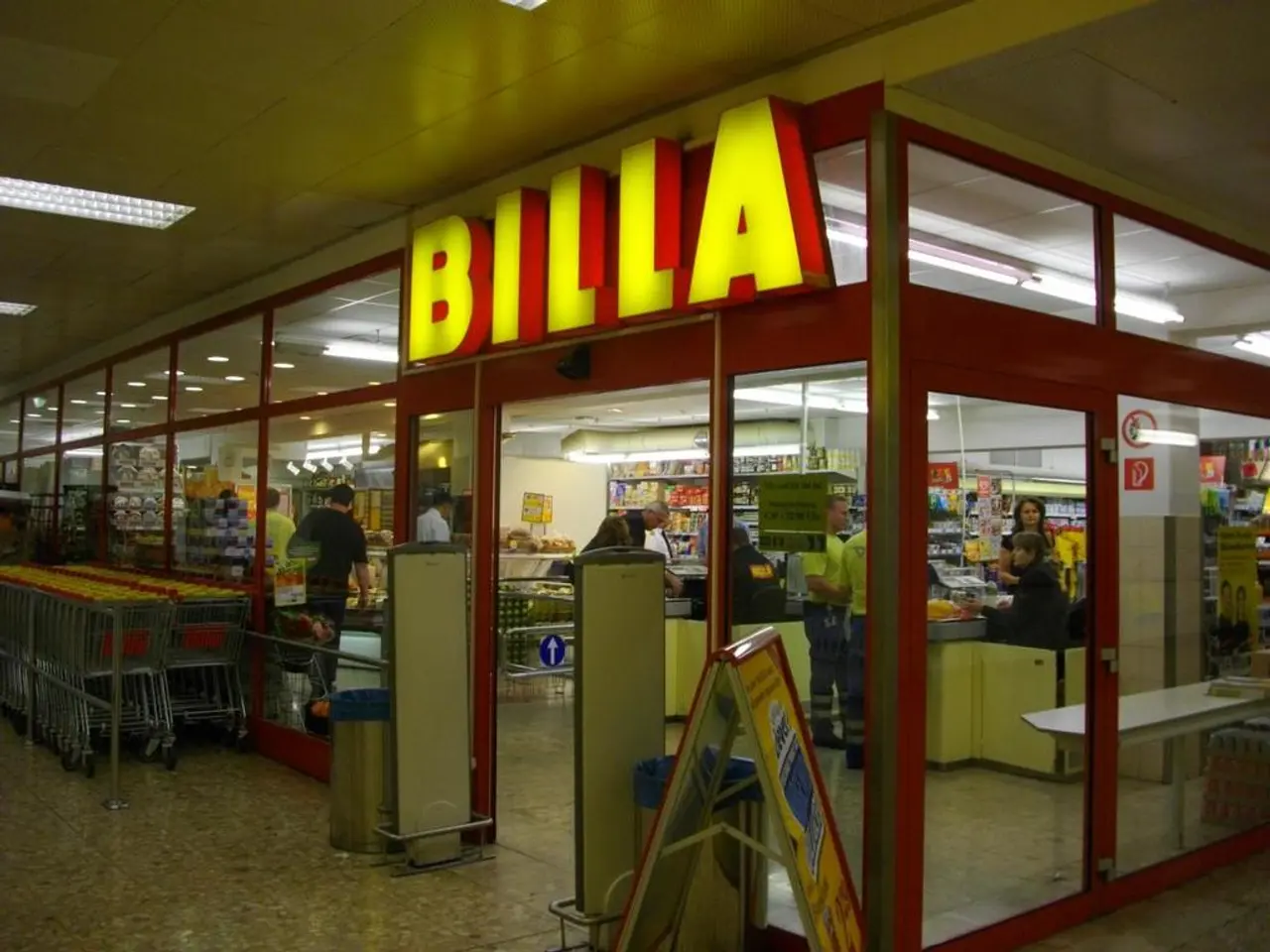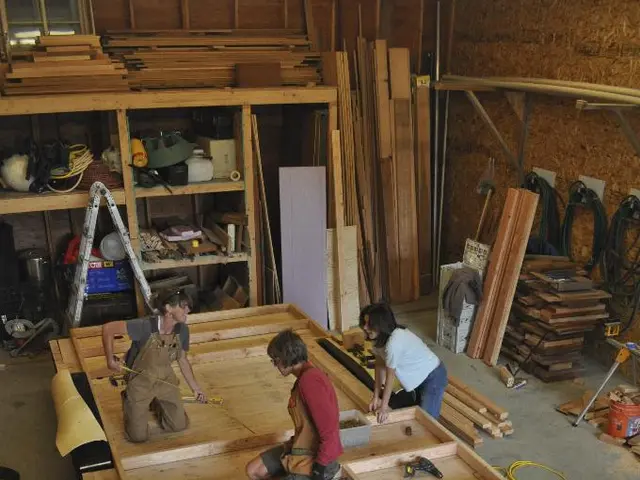Optimizing Vertical Storage: The Impact of Mezzanines on Warehouse Productivity!
In today's rapidly evolving warehouse landscape, adaptability is power. Warehouse mezzanines offer a unique solution, providing a strategic investment that combines affordability, flexibility, and high return on investment (ROI).
Mezzanine platforms are semi-permanent, modular structures that enhance square footage without requiring new construction. They elevate the entire facility's capability, unlocking unused airspace and providing a second layer of functionality without disrupting ground operations.
Constructing a new warehouse wing can be costly, with prices ranging upwards of $150 per square foot. In contrast, mezzanine platforms typically cost between $35 to $70 per square foot, making them a more cost-effective option for businesses looking to expand vertically.
The advantages of mezzanines are far-reaching. They boost productivity by improving organisation, reducing picking time, creating dedicated functional zones, and delaying costly relocation or construction projects. In many cases, mezzanines pay for themselves in under three years, thanks to space maximization and operational gains.
There are various types of mezzanines, each offering unique advantages based on industry, space constraints, and operational workflow. These include freestanding, rack-supported, shelving-supported, and building-supported mezzanines.
Modern distribution centres and storage facilities leverage warehouse mezzanine systems for purposes such as overflow storage, packing stations, administrative areas, light manufacturing, equipment integration, and housing conveyors, sorters, or lifts. Several logistics and e-commerce companies, such as Amazon and DHL, have significantly increased their operational capacity by using mezzanines in their warehouses without expanding their land area.
However, it's crucial to ensure that your system meets safety standards. Compliance with OSHA and International Building Code (IBC) standards is non-negotiable. This includes features like load rating signage, guardrails and safety gates, anti-slip deck finishes, emergency egress pathways, and fire suppression system integration. Seamless integration is key when installing a warehouse mezzanine, and planning for forklift access, proper egress, and overhead clearances ensures functionality and safety.
Mezzanine platforms support storage, equipment, or office space tailored to specific operational needs. They outperform horizontal growth, especially when land is limited or costly. With their ability to adapt to changing business needs, mezzanines are an invaluable asset for growing businesses, offering flexibility for extension, reconfiguration, or relocation without long-term capital commitments.
In conclusion, warehouse mezzanines are a strategic investment that offers businesses a cost-effective and flexible solution for expanding their operational capacity. By maximizing vertical space, businesses can improve productivity, reduce costs, and future-proof their facilities.
Read also:
- Asthma Diagnosis: Exploring FeNO Tests and Related Treatments
- Mohammed Al-Shaya's Actions Showcase Innovation and Philanthropy
- Potential Dangers of Bed Rails: Protecting Your Family Members from Entrapment Hazards
- Expanding Representation in Rural Noir Narratives: A Call for More Queer Female Characters








